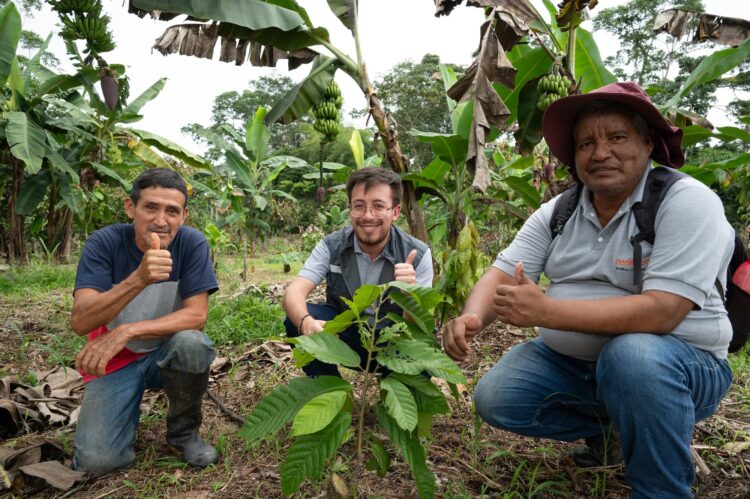The partnership between Gran Tierra Energy and the Alexander von Humboldt Biological Resources Research Institute contributes to the understanding of biodiversity in the Putumayo and addressing concerns about industrial development in the area. Colombia has highly biodiverse areas, with large numbers of plant species, microorganisms, and fungi. However, some of the country’s ecosystems have deteriorated tremendously due to agriculture and livestock activities, urban expansion, illegal mining and illegal land practices.
The joint GTE-Humboldt Institute Chawar Project is a regional environmental assessment, created as a technical tool to track and monitor biodiversity changes in the Putumayo by incorporating a wide range of data sets including biodiversity, ecosystem services, and social and cultural information, especially in the Andean foothills. The project is part of GTE’s efforts to help the country proactively develop an understanding of species that need to be protected, and it will allow the Company to better consider environmental issues when determining how and where to plan development.
It also shows how compensation for the Company’s voluntary environmental and social investments can be structured to have the greatest impact on specific areas of interest as well as the broader region for years to come.
It will also show how compensation for the Company’s voluntary environmental and social investments can be structured to have the greatest impact on specific areas of interest as well as the broader region for years to come.























